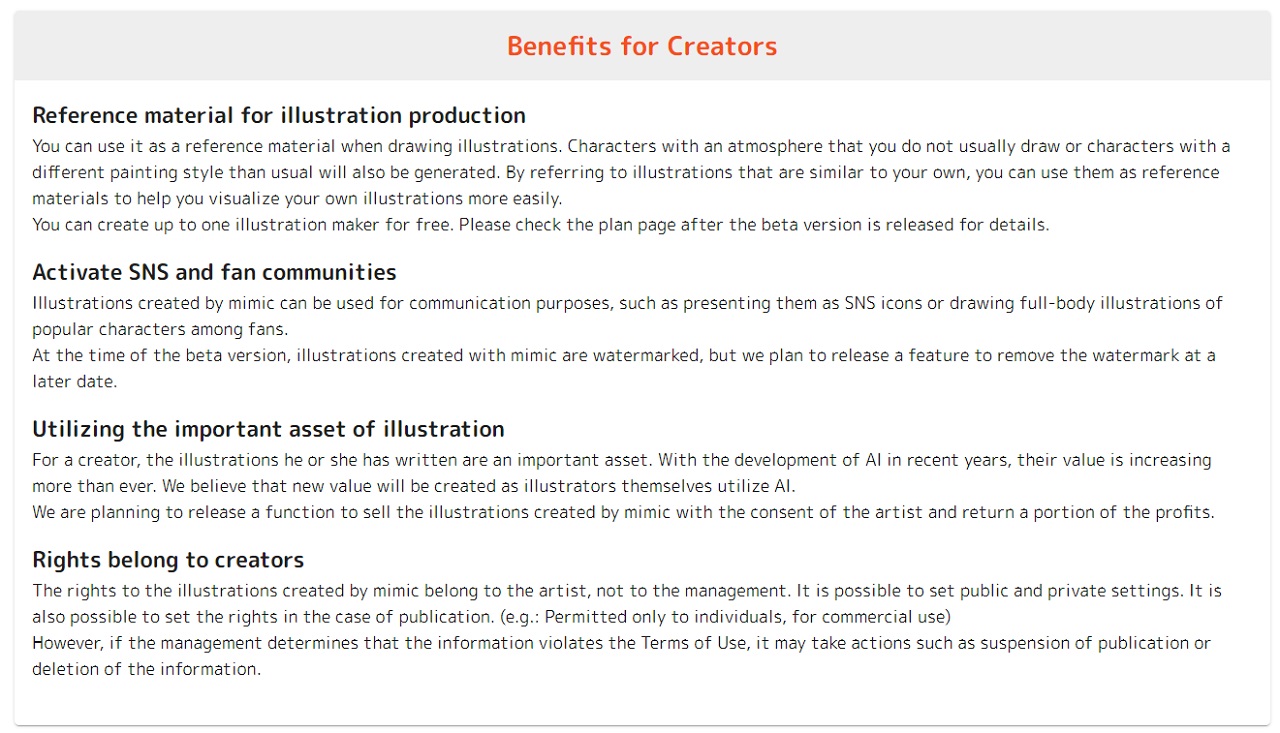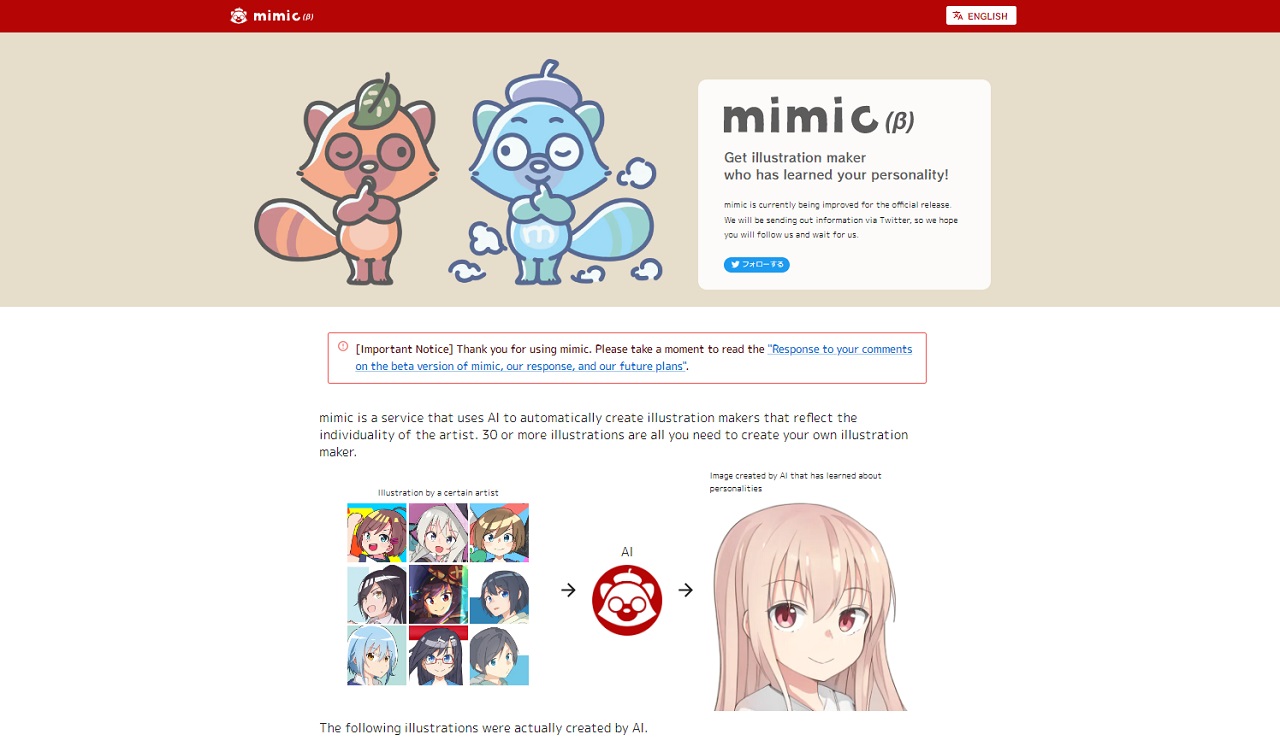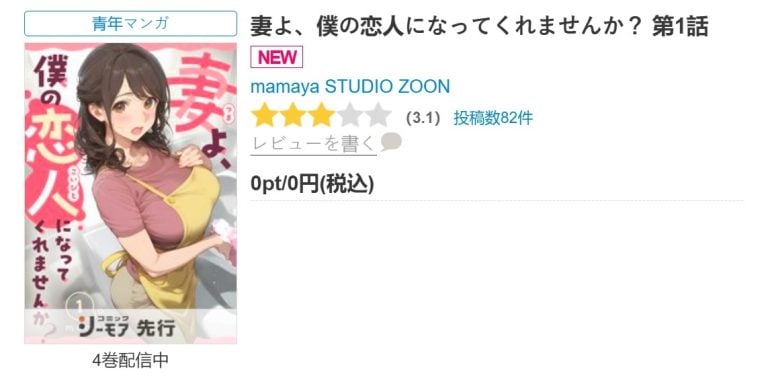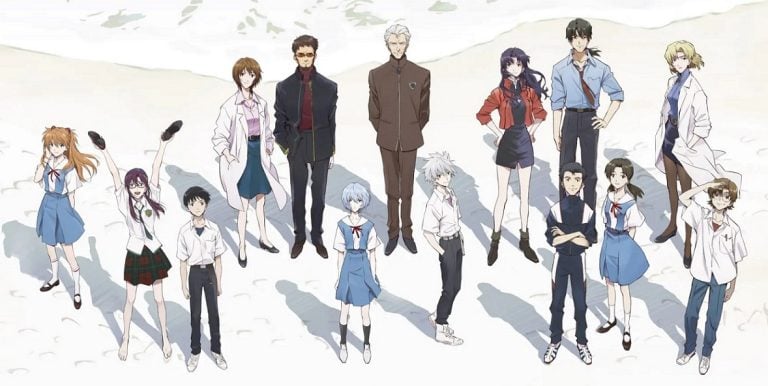RADIUS5 released a beta version of their new AI-powered image generating service “mimic” in Japan on August 29 (JST). To use mimic, artists upload their own illustrations to be analyzed by the AI and the service generates new images with a similar style.
Coincidentally, the open-source AI image generator Stable Diffusion also made headlines just the other day (related article), but upon the announcement of mimic’s release, a debate broke out among creators in Japan with RADIUS5 temporarily suspending the service on August 30, only a day after its release.
Today we launch mimic, an AI service that analyzes the characteristics of your illustrations and generates images from them! The illustration maker (AI image generation) can be used for free twice, so please use it to let the AI study your illustrations!
The concept behind mimic’s development is, “Shouldn’t AI be used to help creators?” and was made to help creators tackle the variety of problems they deal with. The team behind mimic propose that creators can use the AI to generate reference materials in their style or use it as a communication tool on social media and in fan communities. The beta version does include watermarks on the generated images but a feature to remove them is planned to be added in the future.
The release announcement tweet for mimic has received over 40,000 retweets and over 50,000 likes as of this writing. However, on August 30, just one day after launch, RADIUS5 tweeted a statement saying, “After the service was announced, creators who cooperated with the development of mimic became the subject of criticism and abuse on social media,” and strongly asked the public to refrain from such behavior.
That evening, RADIUS5 followed up with another statement. Due to insufficient measures against preventing users from uploading images they don’t have the rights to use, they suspended the service and deleted all images related to the illustration maker. RADIUS5 says an official release is still planned if they are able to improve measures against misuse.
But how did we get to creators who cooperated being abused online and the service getting temporarily shut down? One factor is likely that unlike other AI image generators, mimic requires an already existing illustration be provided. One worry many illustrators and creators face daily is their work being used without permission. If a mimic user takes an image they don’t have permission to use, AI generated art resembling the proper rights holder’s style will be made without them even knowing about it.
This also opens the possibility of these images being used without the knowledge of the original artist. In addition, some critics brought up that the images are ultimately generated by AI, so it would be difficult for rights holders to make their claim to them.

Of course, the mimic terms of use prohibit uploading the work of others and ask users to only upload their own work or illustrations they hold the rights to. They also say that the rights to the generated images belong to the creator of the original illustration. In the event that copyright infringement is discovered, the terms of use state that they will take appropriate measures such as account suspension or sharing necessary information to law enforcement agencies. However, critics say just because it’s written doesn’t mean we can expect misuse to not occur.
As a result, in addition to artists having “No use without permission” and “No reposting” in their social media profiles, there’s been an increase in artists adding “No AI learning” as well. “AI学習禁止” (No AI learning) even started trending on Twitter in Japan. As of 6:00 p.m. on August 30 (JST), the mimic release announcement had roughly 28,000 quote tweets, with many of them being creators stating not to use their work in AI learning software. There were even creators expressing how they are tired of the growing list of things they have to say are prohibited in their profiles.
Despite the mimic terms of use prohibiting use of someone’s work without permission, you could say it still comes down to the morality of the user. Even if offenders could be punished legally, there are creators who fear that once a work is analyzed by AI, it can’t be undone.
This isn’t the first time concerns have come up over AI analysis, though, and even when Midjourney appeared on the scene, more than a few people shared their concerns about data on the internet being analyzed for AI. In this case, you could say the problems AI-generated artwork poses to artists have become even more apparent.
Besides copyright infringement, many creators were expressing concerns about their value being reduced over time as AI analyzes their work and develops further. In addition, some are of the opinion that AI-generated art hurts the value of art as a whole as it lacks the “warmth” and “soul” that artists put into their work.
It’s not the AI taking art jobs part, but the seeing people nonchalantly use an approximation of my work that I didn’t draw part that would break my mental health to where I couldn’t draw. That would probably result in me losing work.
But this doesn’t mean that no creators are accepting of mimic and other AI-powered services, with some saying the rise and development of this kind of AI is inevitable. mimic was also developed to assist creators, and if used correctly, could be a convenient tool.
Service was suspended for mimic after just one day, but as mentioned above, they plan to release an official version if they can better prevent misuse. We will keep an eye on how these services fare going forward.
Related Article:
Stable Diffusion and Midjourney can even understand “kawaii.” Anime-style characters created by AI image generators
Written by. Nick Mosier based on the original Japanese article (original article’s publication date: 2022-08-30 20:00 JST)





